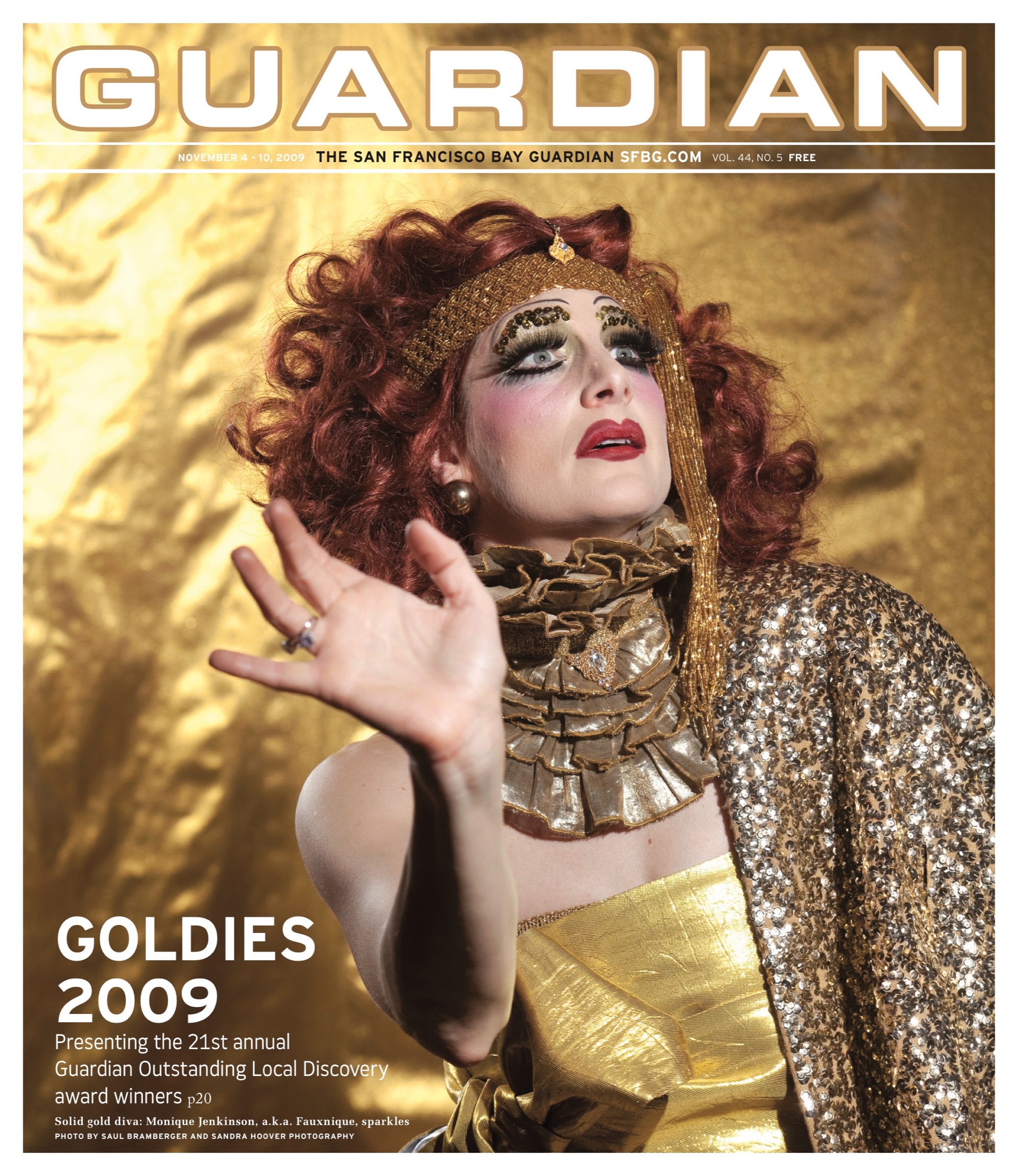FILM In its 12th year, is the San Francisco Independent Film Festival entering awkward adolescence? One sign of growing pains, or maybe just a hankering to rebel, is its inaugural Winter Music Fest, which wraps up a week of shows Thurs/4, the same day films begin unspooling. Its lineup of variably notable local bands probably appealed to fans of the Mission Creek Music Festival and Noise Pop. But I gotta ask: doesn’t this town already have enough indie-rock festivals?
It sure has enough film festivals. IndieFest, for example, umbrellas over the summertime Another Hole in the Head horror fest (named, ironically, to mock the overabundance of fests in SF) and the autumn DocFest. I can see the need, I suppose — there’s a lotta independent horror that’s worthy of notice (IndieFest 2008 was one of the first platforms for Paranormal Activity, a micro-budget effort that became a huge mainstream hit in 2009.) Last year’s DocFest unleashed Cropsey, one of the best (if least-seen) true-crime tales in recent memory. In a time when even Hollywood is struggling, outlets like IndieFest provide crucial exposure for work made outside the system, often by first-time filmmakers working with meager funds. This year all the films screen at the Roxie, hardly a flashy venue. Seeking gloss at IndieFest? Maybe someone’ll dress up in Maude’s Viking fantasywear at the annual Big Lebowski party.
So, it’s a low-key festival, infused with DIY spirit, created by film lovers for film lovers. And they’ve been at it for over a decade. I dig that. Usually, I can find a handful of films to pimp in fest-preview articles like this, but to be truthful, 2010 proved a little challenging. (Give Godspeed a pass, for instance.) Closing-night film Harmony and Me, directed by Bob Byington, stars Justin Rice (who’s in indie-rock band Bishop Allen, and who I quite liked in Andrew Bujalski’s 2005 Mutual Appreciation). It reminded me of a lo-fi, quirkier, less art-directed (500) Days of Summer (2009), with its emotionally clueless lead character and breakup theme. It also inspired a breakup of my own: mumblecore, I wanted to like you. I’ll always embrace Bujalski’s films, especially 2002’s Funny Ha Ha. But it’s over. (Please don’t make a stridently poignant, chatty, self-consciously witty movie about our relationship.)
Exponentially more inspiring is local documentary Corner Store, Katherine Bruens’ portrait of Yousef Elhaj, who runs a liquor store at 15th and Church streets in the “Mistro” (as one neighborhood interviewee dubs it, because it’s neither Castro nor Mission). For 10 years, Elhaj, a Palestinian Christian, has lived at his store, carefully tidying the aisles and charming all who enter. He’s patiently saving money and waiting out the incredibly long paperwork process, first of getting his own green card, then of arranging for his family to come to San Francisco. Much of Bruens’ film takes place in Bethlehem, where Elhaj travels to visit his family (including a teenage son who’s not sold on the idea of uprooting to America). More than just a one-man story, Corner Store uses Elhaj’s journey to explore life in modern-day Palestine, leaving both grim and joyful impressions.
Also worth checking out: The Art of the Steal, Philadelphia documentarian Don Argott’s absorbing look at the Barnes Collection, a privately-amassed array of post-Impressionist paintings (including 181 Renoirs) worth billions — and the many people and corporate interests that schemed to control it. This film opens theatrically in March, justifiably. Fans of The Class (2008) shouldn’t miss West of Pluto, a Quebec-set, semi-improvised peek into the secret lives of teenagers. And surely there are more winners that my jaded ass hasn’t managed to see yet. Isn’t that always the fun of IndieFest — digging up those sparklers in the rough?
SAN FRANCISCO INDEPENDENT FILM FESTIVAL
Feb 4–19, most shows $11
Roxie Theater
3117 16th St., SF










